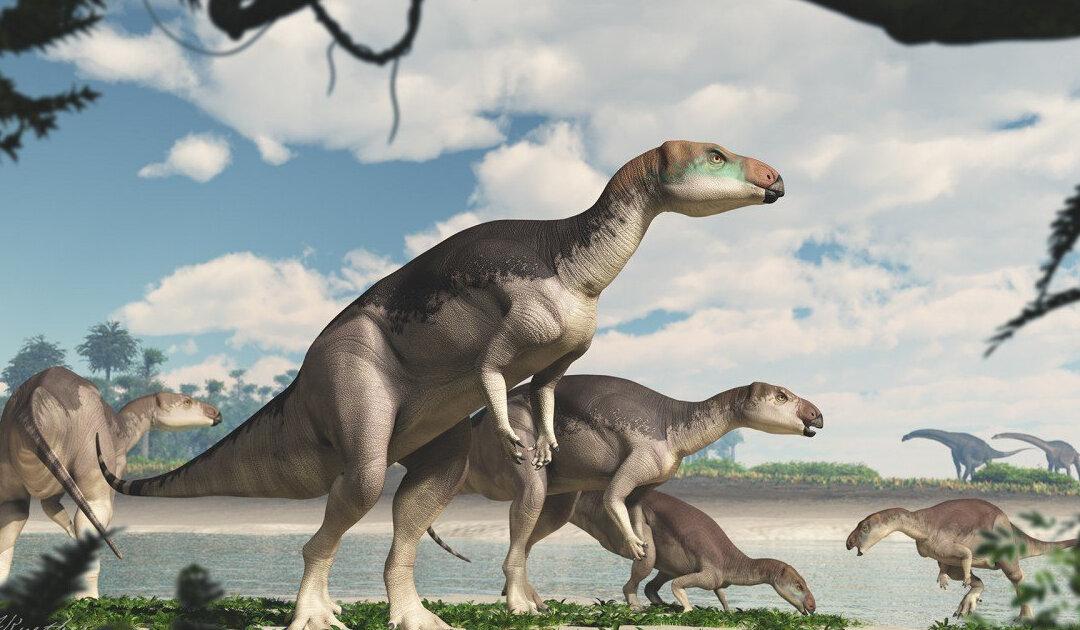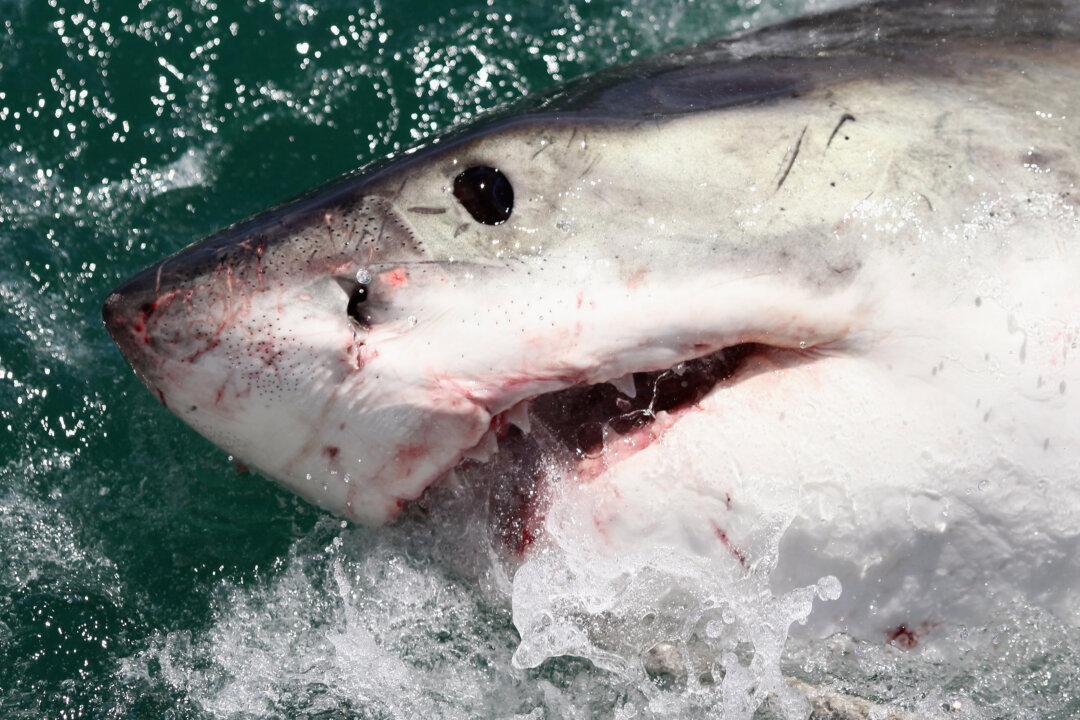GOLD COAST, Australia—Fossilized dinosaur remains recovered from an opal mine in the Australian Outback have been found to be from four specimens of a new species, the first time a dinosaur herd has been discovered in the nation’s history.
The University of New England’s Armidale campus led a team of researchers to an underground opal mine near Lightning Ridge, 356 kilometers (220 miles) north of Dubbo in northwest New South Wales.





